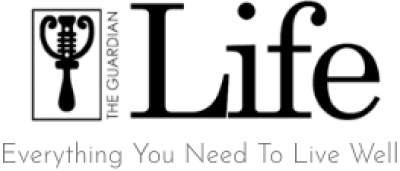Is your child feeling tired, weak, or pale? These could be signs of low haemoglobin levels, a condition that occurs when there is an insufficient number of red blood cells in the body. Red blood cells are responsible for carrying oxygen throughout the body, and when there are not enough of them, it can lead to fatigue, weakness, and other health problems.
[ad]
Fortunately, there are many things you can do to help boost your child’s haemoglobin levels. One of the most important things is to ensure that they are eating a diet that is rich in iron. Iron is a vital mineral that is essential for the production of red blood cells.
Here are 5 iron-rich foods that you can add to your child’s diet to help boost their haemoglobin levels:
1. Meat
Meat is one of the best sources of iron. Red meat, such as beef, lamb, pork and chevon, is particularly high in iron. However, chicken and fish are also good sources of this essential mineral.
Dr. Olufemi Akinpelu, a pediatrician at Lagos University Teaching Hospital, recommends including meat in your child’s diet at least twice a week.
“Meat is a complete protein that contains all of the essential amino acids, including iron,” Dr. Akinpelu says. “It is also a good source of vitamin B12, which is another nutrient that is important for the production of red blood cells.”
[ad]
READ ALSO: How To Make Asun (Peppered Goat Meat)
2. Beans and Lentils
Beans and lentils are plant-based sources of iron. They are also a good source of fiber and protein.
Registered dietitian, Mrs. Adeola Olatunde, advises adding beans and lentils to your child’s meals.
“Beans and lentils are a versatile food that can be added to soups, stews, and salads,” Mrs. Olatunde says. “They are also a good option for vegetarians and vegans.”
3. Green leafy vegetables
Green leafy vegetables, such as spinach, kale, Ewedu, Pumpkin leaves, Efo Riro, Oha leaves and Green are also good sources of iron. However, the iron in plant-based foods is not as easily absorbed by the body as the iron in meat. To improve the absorption of iron from plant-based foods, it is important to pair them with a source of vitamin C. Vitamin C helps the body to absorb iron.
Chef Tolulope Adeyemi, a nutritionist and culinary expert, suggests adding green leafy vegetables to your child’s meals.
“Green leafy vegetables are a nutritious food that can be added to smoothies, salads, and soups,” Chef Tolulope says. “They are also a good source of other vitamins and minerals, such as calcium and vitamin K.”
4. Fortified cereals
Many breakfast cereals are fortified with iron. This means that iron has been added to the cereal during the manufacturing process. Fortified cereals are a good way to increase your child’s iron intake, especially if they are not eating enough meat or other iron-rich foods.
5. Dried fruits
READ ALSO: Natural secrets to longevity
Dried fruits, such as raisins, Dates, apricots, Walnuts and prunes, are also a good source of iron. However, dried fruits are also high in sugar. It is important to limit your child’s intake of dried fruits.
If your child is not getting enough iron from their diet, their doctor may recommend an iron supplement. Talk to your doctor about it.
[ad]







